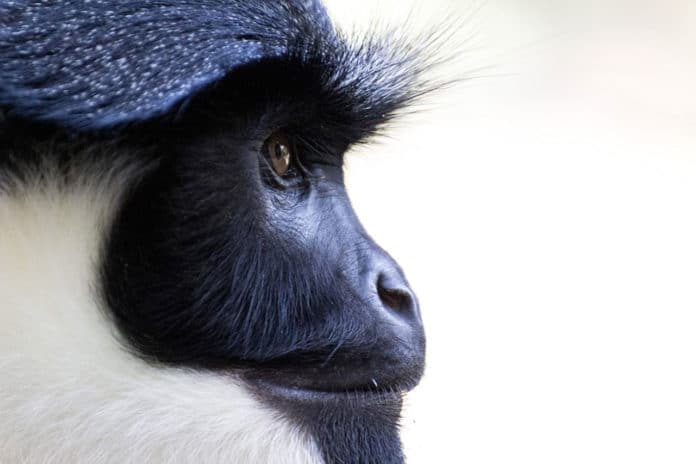A new study by the University of Waterloo offers new evidence of the impact of deforestation on animal communication. The study examined how deforestation has affected vegetation and, in turn, the rate and length of howling by the group-living howler monkey species.
The study found that human-caused forest habitat changes have changed the way monkeys communicate in their natural habitat.
For the study, scientists compared how the communication behavior of the mantled howler monkey differs in forest edges affected by human activity, known as anthropogenic edges, contrasted with natural forest edges.
Laura Bolt, an adjunct professor of anthropology at Waterloo, said, “Howler monkeys are well-known for making very loud, long-distance vocalizations called howls. While adult males only produce howls, howl function is not entirely known, so we conducted our study to test the hypothesis that the intensity of howling by monkeys relates to defending ecological resources such as areas of richer vegetation or preferred feeding trees.”
The study found that males howl to protect high-quality resources, with strikingly longer spans of yelling in the forest inside and at river edge areas where vegetation resources are extravagant.
The specialists additionally discovered differences in howl length between the river edge and anthropogenic edge regions, which is a significant understanding of conservation planning.
Bolt said, “Howler monkeys eat leaves and fruit, and if they are howling to defend these resources, we predicted that males would howl for longer durations of time when in a forest interior or near the river edge, where vegetation is richer compared to the anthropogenic edge.”
To direct their study, the analysts gathered information on mantled howler monkey howling conduct from May 2017 to August 2018 in a tropical lowland rainforest in Costa Rica, following groups as they traveled across the various edges and inside natural surroundings zones. All monkey groups were well-habituated and didn’t respond to the visible presence of the scientists.
Scientists noted, “The evidence suggests that anthropogenic deforestation is altering howler monkey behavior. Long-term howler monkey conservation initiatives should prioritize the preservation of forest interior and river edge regions and re-forestation of human-caused forest edges.”
Bolt said, “While it is yet unknown what implications these behavioral changes across different edge zones may have for monkey fitness. Our findings show that it is proximity to the anthropogenic forest edge, rather than to naturally occurring forest edge, that is changing howler monkey communication behavior. This is just one of the many ways that howler monkeys are affected by deforestation.”
Howling by the River: howler monkey (Alouatta palliata) communication in an anthropogenically-altered riparian forest in Costa Rica is co-authored by Bolt with Dorian G. Russell (American University), Elizabeth M.C. Coggeshall (Central Washington University), Zachary S. Jacobson (University of Calgary), Carrie Merrigan-Johnson (University of Toronto at Mississauga), and Amy L. Schreier (Regis University). The study will be published in the journal Behaviour in the spring of 2020.
